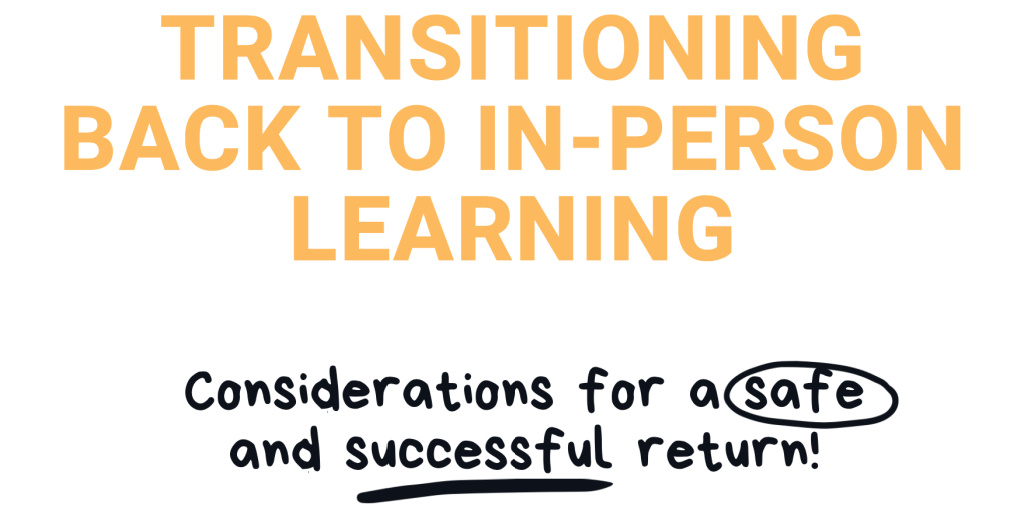
Our Co-Founders and Co-Principals participated in a webinar about transitioning your student to in-person learning and we wanted to share the information that was shared. We are sure it can be beneficial for many families at this time. As a reminder, any information provided is intended for general information purposes. Nothing that Port View Preparatory is sharing in this post or in our social media posts is to be construed as specific advice regarding your individual case or situation.
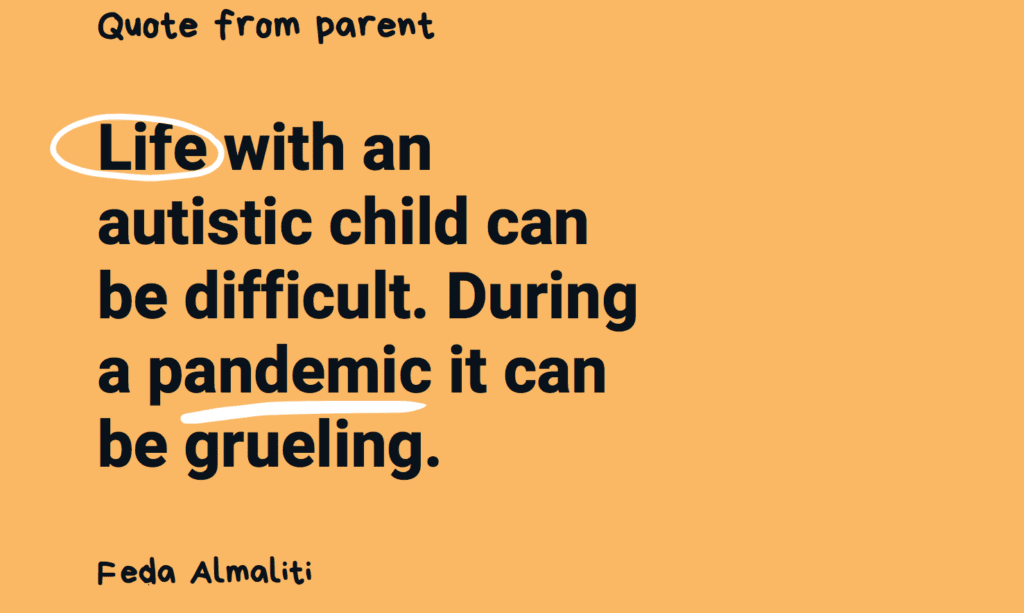
In our research, we found that when the COVID pandemic hit there was 0 to 60 minutes of special education support provided through distance learning. It has been a long, grueling 7 months since the pandemic first hit and we know that this is a time of high anxiety and there is a lot of information for parents to take in.
It is our hope that sharing the 3 steps below will ease some of those worries and provide you with the framework necessary to make the best choice for your student. If you have any questions, we are available to answer them for you via email. Dr. Miguel can be reached at emiguel@portviewpreparatory.com and Dr. Tomaino at mtomaino@portviewpreparatory.com
Transition involves, but it not limited to:
Priming A few ways you can prime your student is showing them photos of their campus, friends they will see, photos of people wearing masks or face shields.
Preparation Plan ahead. Use a visual schedule, pick out clothing ahead of time, pack lunch, etc.
Practice Have a mock day where your student picks out an outfit, make the drive to school if you can.
Modifications Ease into the transition and use a hybrid model if offered. Each family can have their own unique plan, ask your school for your options.
Reinforcement Celebrate any and all successes!
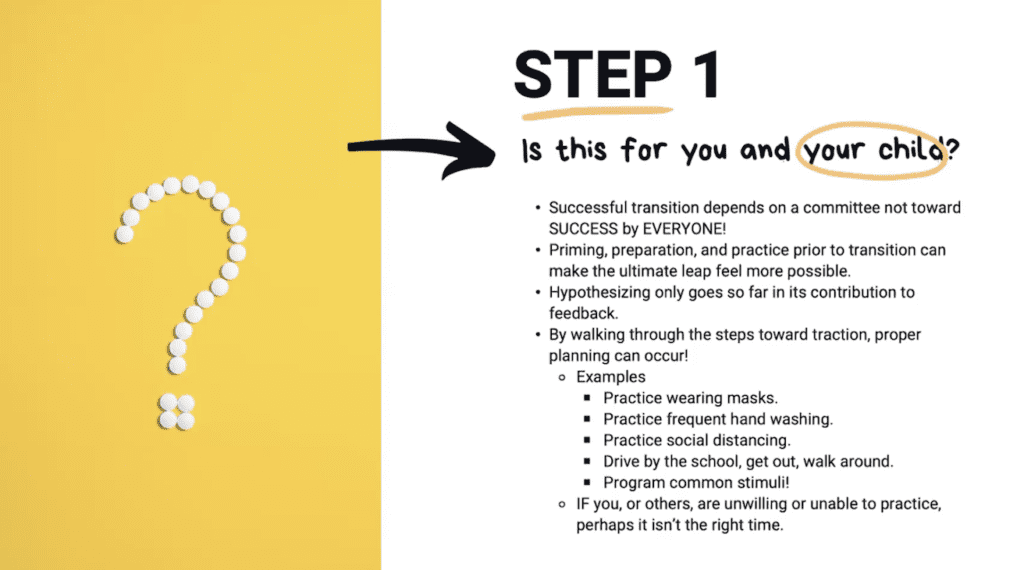
Step 1: Is this for you and your child? Be committed to the success.
Transitioning is a process we’ve all done before, but it a process nonetheless. Teaching our student to cope with change is something that we are working on constantly as parents. This time is a perfect opportunity to learn a new skill set or practice an old one. Like all other things, we can individualize the transition to our student.
Hypothesizing won’t get you as far as being objective will. We have to instead focus on the practice of steps to gain traction. Practicing the steps to get to school, for example getting dressed and in the car and making the drive, can provide important data that hypothesizing never will. Remember: practice generates data. Data can lead to a plan of action.
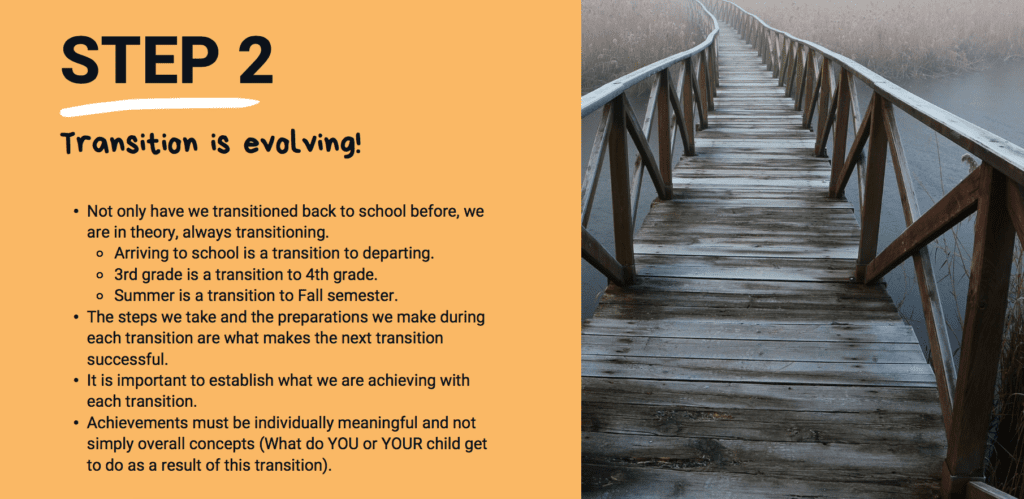
Step 2: Transition is evolving! Be flexible.
We are always transitioning. Seasons transition, grade levels, activities and so on all require a transition. This is not to minimize the challenges that many are facing at this time, however there should be some confidence gained in knowing that this is a natural occurrence. As noted in the image above, it is important to establish what we are achieving with each transition and celebrate the smallest victories. We refer to this time as “low effort, high reward” meaning that we are making sure we give our student verbal praise and encouraging them through each step, no matter how small. We as parents and caretakers can model the flexibility that is necessary in learning to transition as well.
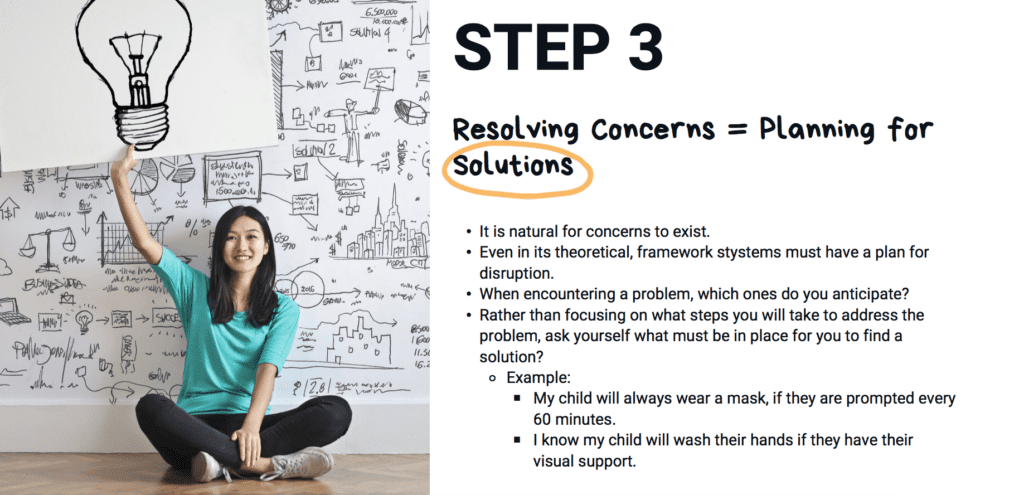
Step 3: Resolving concerns=planning for solutions
Practicing can resolve many concerns. Through practice it can lead you to seeing holes in the plan. Note your successes, failures and try again. If you’re not ready it is OK, too! Reach out to your teachers, support staff and other parents. You and your team should be able to work on solutions together.
As with any plan, celebrate the small successes and take steps backwards if necessary. Understanding there are ebbs and flows in the routine, too will hopefully help to ease some of the concerns.
